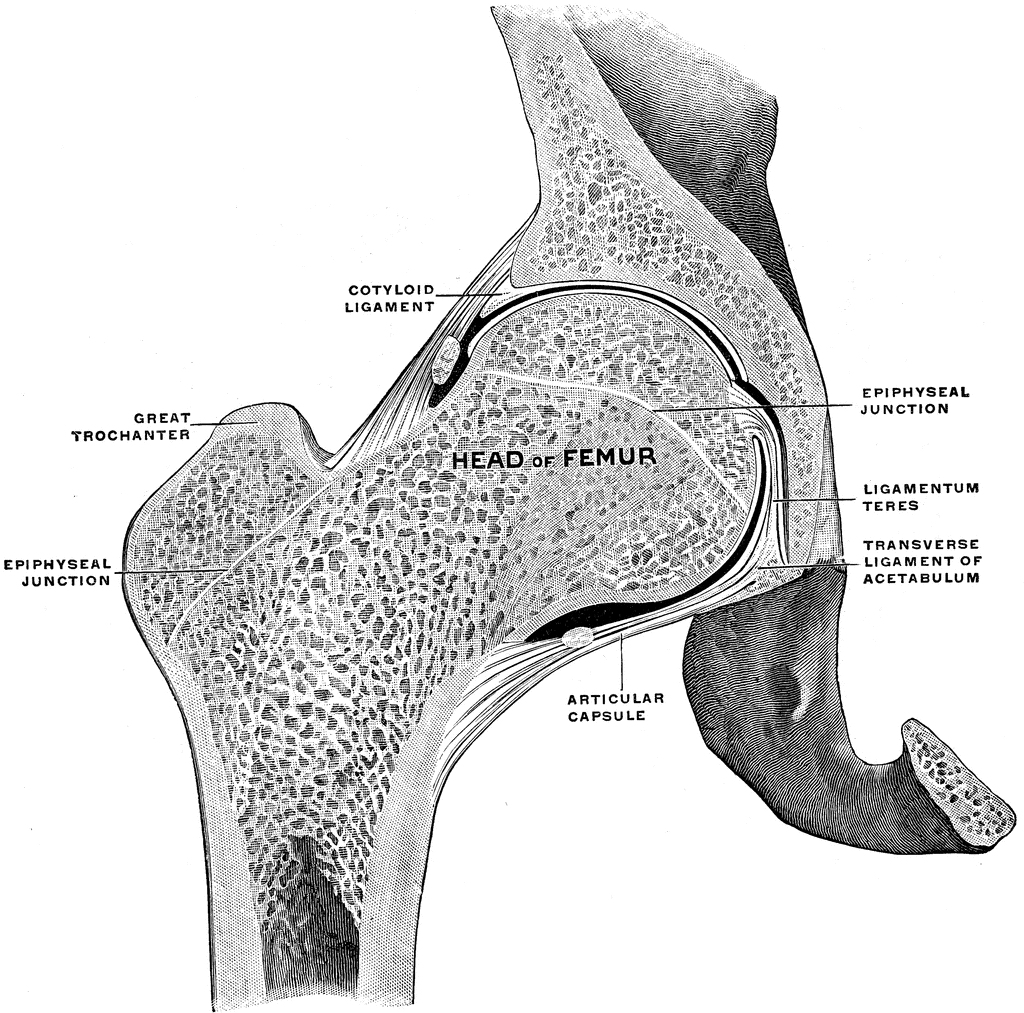


Lower limb neurological symptoms - weakness, numbness or tingling.Relevant assessment of the cardiovascular or neurological system may be required with additional tests, e.g. seizure, cardiovascular trigger, stroke or loss of consciousness. In the elderly it is also worth considering whether a fall was the result of a simple trip, or secondary to another reason, e.g. The effects of the condition on the patient' functional status and Activities of Daily Living (ADLs) should be well assessed and documented. The patient's drug history and current medications they are on should also be documented as well as any allergies they might have. Any surgical histories that are specific to the hip region is also vital, for example, a patient who had a hip joint replacement surgery and is currently complaining of pain at the hip joint. The patient's past medical history, as well as their social/family history is also important as this helps the clinician rule out hereditary conditions. According to new systematic review published in the Archives of Physical Medicine and Rehabilitation, thigh/groin pain and constant back/buttock pain are better indicators of hip OA than stand-alone tests and reported hip crepitus is a strong indicator of intra-articular hip pathology. Details like the location of the pain, nature of the pain, 24-hour pattern of the pain, activities that trigger the pain, pain aggravating and relieving factors etc., are gotten from the patient during the interview. Taking the history is a vital component of the subjective examination as it helps the clinician develop a hypothesis about the mechanism of injury, type of the injured structures and extent of the injury or damage. Research suggests patient history plays a vital role in the differential diagnosis of hip pain and, in some cases, can be superior to objective tests and measures. The first step during the examination is the patient interview, during which the clinician gets a description of the presenting symptoms from the patient. Functionally, the hip joint enjoys a very high range of motion.Īll of the various components of the hip mechanism assist in the mobility of the joint. Damage to any single component can negatively affect range of motion and ability to bear weight on the joint. In hip injury, as with other traumatic presentations, age distribution is bimodal with high-energy trauma in the younger population and potentially trivial mechanisms of injury in the older population, e.g. The rounded head of the femur forms the ball, which fits into the acetabulum (socket in the pelvic bone) and ligaments connect the ball to the socket, thereby providing tremendous stability to the joint. It is a ball-and-socket synovial joint formed between the os coxa (hip bone) and the femur.

It is the second largest weight-bearing joint in the body, after the knee joint. The Hip joint is one of the most important joints in the body because of the vital role it plays in locomotion.


 0 kommentar(er)
0 kommentar(er)
